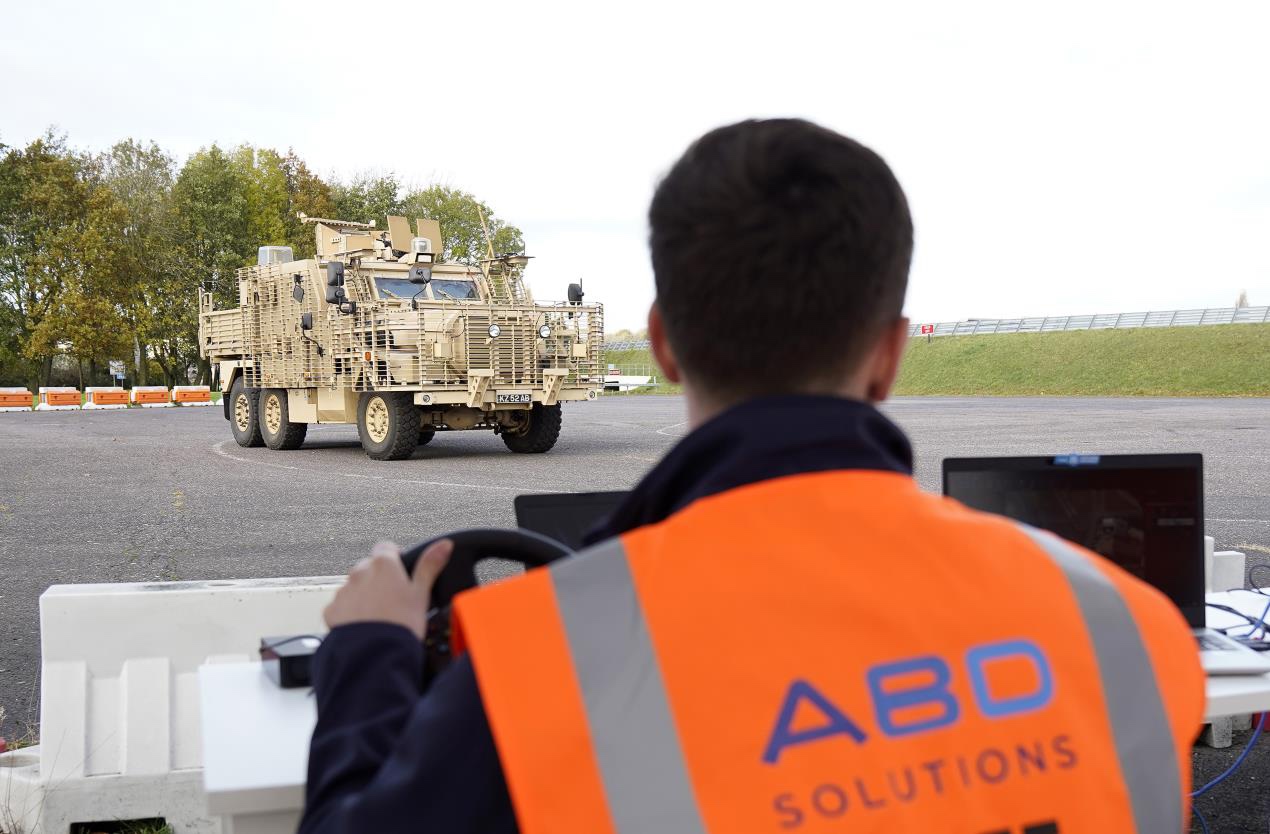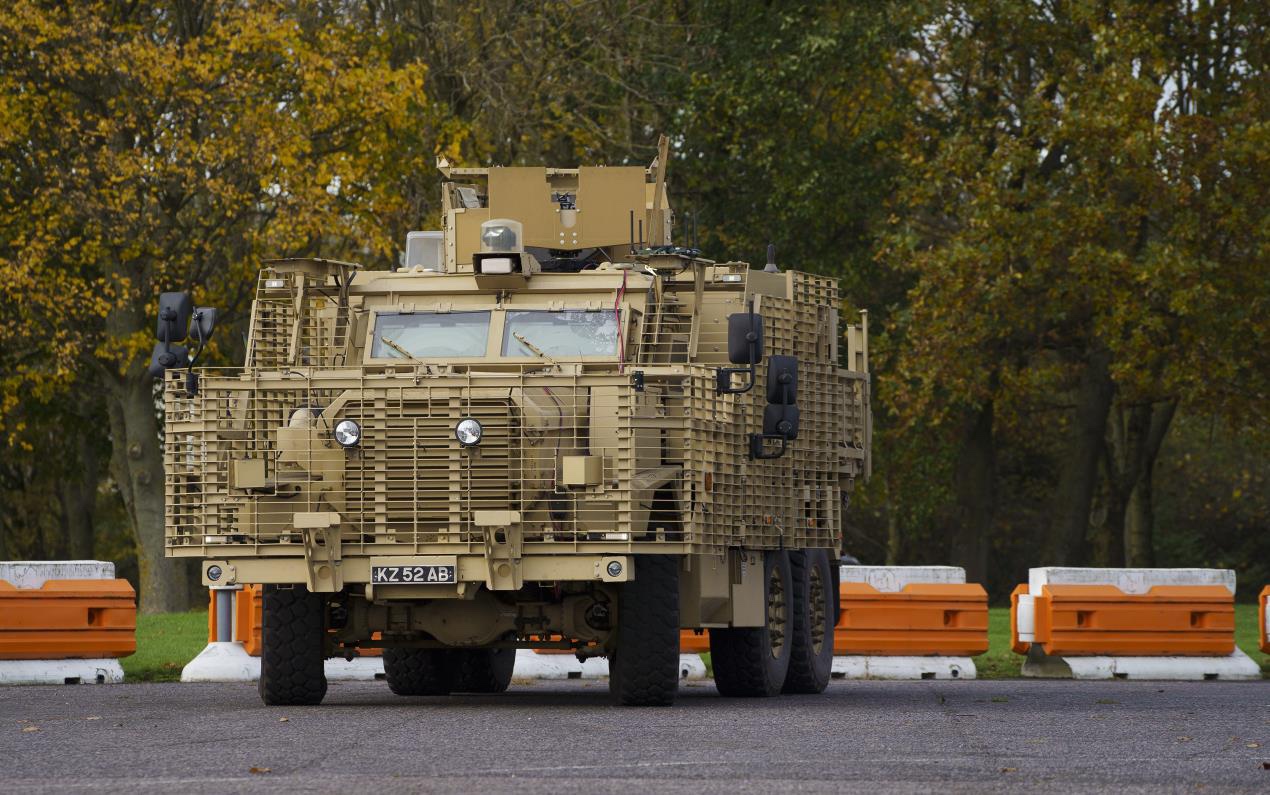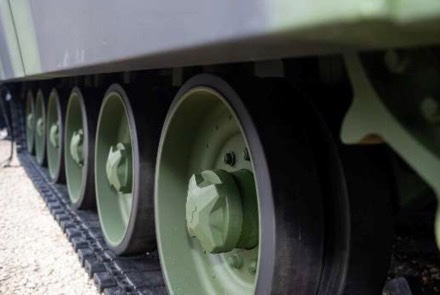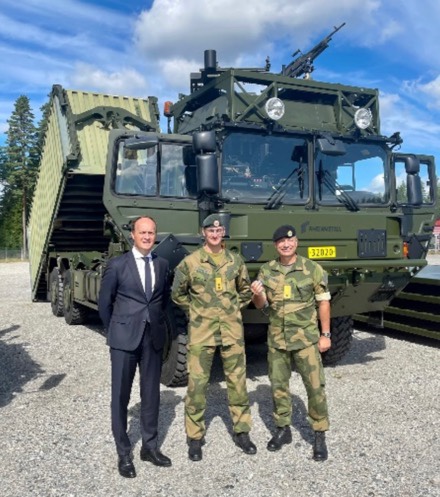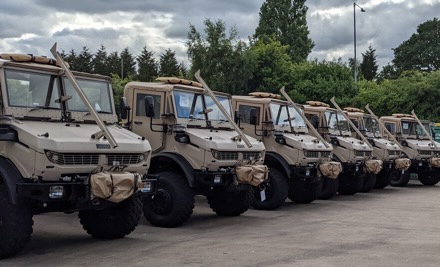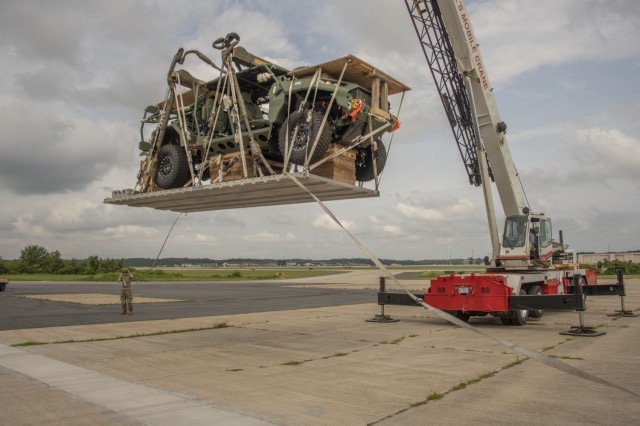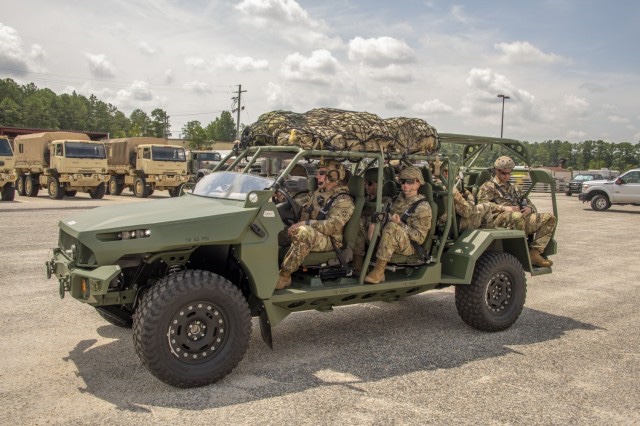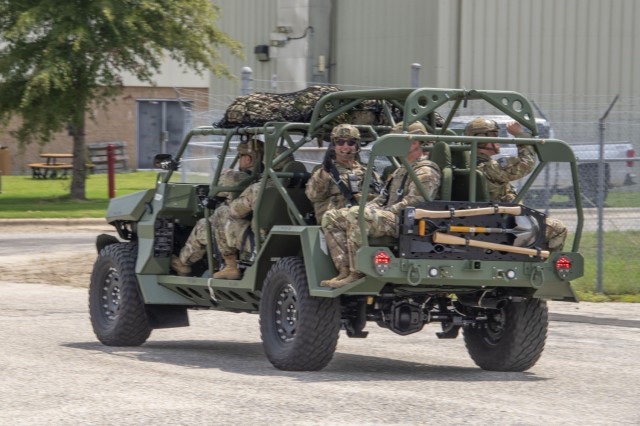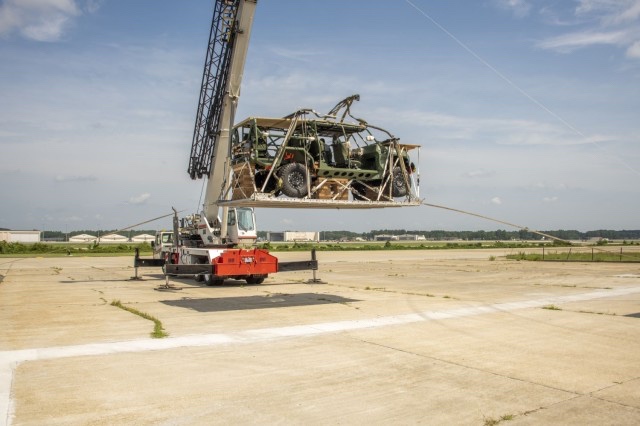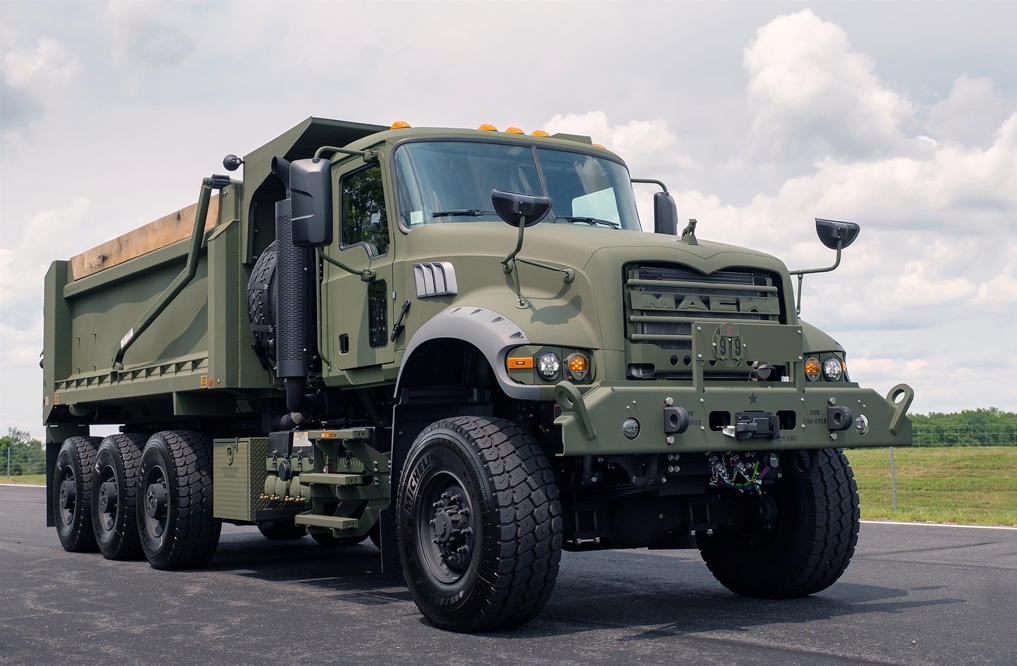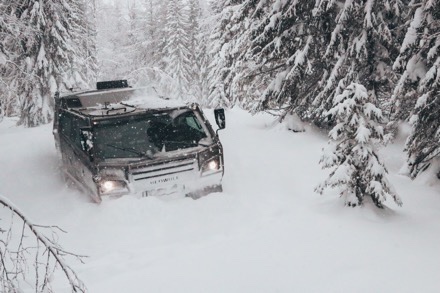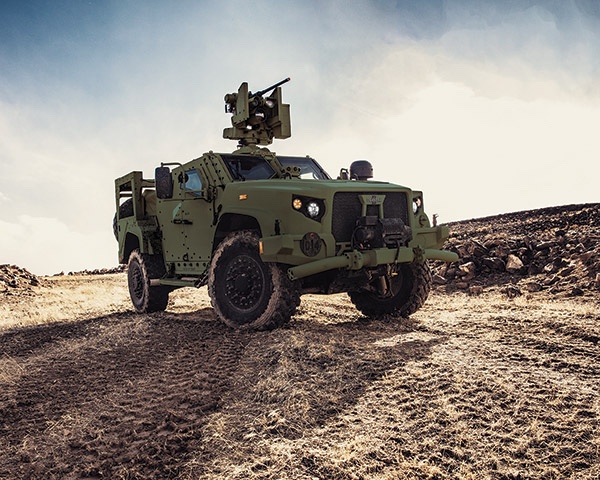
Armed forces will find it easier to combine world-leading tactical vehicles with advanced signature management solutions thanks to a new deal between Oshkosh Defense and Saab’s Barracuda business unit.
An agreement signed by the two entities in June makes Saab a preferred supplier for Oshkosh Defense’s portfolio of vehicles. Cooperation is already underway on integrating Saab’s Barracuda Mobile Camouflage System (MCS) onto the Oshkosh Joint Light Tactical Vehicle (JLTV).
The partnership is good news for armed forces who are looking to increase the level of signature management on the advanced tactical vehicles they purchase as a result of the rapidly changing geopolitical situation.
“Oshkosh and Saab’s Barracuda systems are both respected market leaders in their segments. Working together, we can provide customers with an extraordinarily powerful range of solutions that optimise their ability to engage the enemy and their chances of battlefield success.” says Niklas Ålund, Director Strategy and Business Development at Saab’s Business Unit Barracuda.

John Lazar Photo: Oshkosh Defence
“The Barracuda Mobile Camouflage System is a state-of-the-art approach to signature reduction for personnel and vehicles on the twenty-first-century battlefield,”
John Lazar, VP and GM of International Programs, Oshkosh Defense
“The Saab Barracuda Mobile Camouflage System is a state-of-the-art approach to signature reduction for personnel and vehicles on the twenty-first-century battlefield,”says John Lazar, VP and GM of International Programs, Oshkosh Defense. “We are proud to integrate this solution, which combines leading-edge camouflage innovation with the Oshkosh JLTV – the industry’s most advanced light tactical wheeled vehicle.”
Responding to customer demand
In 2015, Oshkosh Defense won the contract to supply the US Army with an initial 17,000 JLTVs. The Army is now negotiating a follow-on contract to supply an additional 15,000 vehicles, with Oshkosh a leading contender. There is also expanding interest in Oshkosh JLTVs internationally, with commitments from seven NATO and allied forces including, Belgium, Lithuania, Slovenia, Montenegro, North Macedonia, Brazil, and Romania.

Photo: Oshkosh Defence
Wherever you go in the world, the battlefield is more transparent than ever been before. The number of sensors and the performance of sensors is growing exponentially.”
Niklas Ålund, Director Strategy and Business Development at Saab’s Business Unit Barracuda
Niklas Ålund says advances in sensor technology in recent years mean that armed forces are increasingly exposed, and effective signature management has become essential for all platforms. “Wherever you go in the world, the battlefield is more transparent than ever been before. The number of sensors and the performance of sensors is growing exponentially. To maintain a strategic advantage, armed forces need to invest in signature management.”

Niklas Ålund
Saab’s Barracuda unique Mobile Camouflage System relies on advanced blends of pigments, coatings, and designed materials to reduce the chances of detection by as much as 90 percent. Solutions can be tailored to counter sensors looking for ultraviolet, visual, near infrared, short-wave infrared, thermal infrared, and radar signatures.

Saab´s Barracuda Mobile Camouflage System
JLTV and beyond
“We are working on integrating MCS systems for both woodland and urban environments.”
Johan Stjernfeldt, Head of Marketing and Sales at Business Unit Barracuda
Johan Stjernfeldt, Head of Marketing and Sales at business unit Barracuda, says following the agreement, work has begun on two Barracuda MCS integrations for JLTVs. “We are working on integrating MCS systems for both woodland and urban environments.
Interest in MCS is growing across NATO, Europe and within the US Department of Defense. Many US allies already have the MCS system in use on their existing land vehicle platforms—expanding this offering to include the light, medium and heavy platforms of Oshkosh Defense is an exciting growth opportunity for Saab.”

Johan Stjernfeldt
While the initial focus of cooperation is around the Barracuda MCS and Oshkosh JLTV, the agreement also has scope for Saab to provide other products for integration into Oshkosh vehicles.
The proven quality and range of technology in the various Saab business units paired with the Oshkosh Defense current and prospective user communities suggests there will be increased collaboration between the two companies. The modular approach to mission system integration by Oshkosh Defense is to assure its customers that their preferred new or legacy systems will operate seamlessly on their Oshkosh vehicle.
Some examples of Saab products that could potentially be suitable for integration include MSHORAD systems, CBRN systems and medical solutions.
Johan Stjernfeldt says there are a range of similarities between Saab and Oshkosh beyond being market leaders, and these lay a solid footing for collaboration going forward. “Oshkosh Defense and Saab are committed to serving our customers, carrying out business to the highest standards of ethics and compliance, and providing continued focus on latest technologies to keep our global warfighters safe and returning home.”


